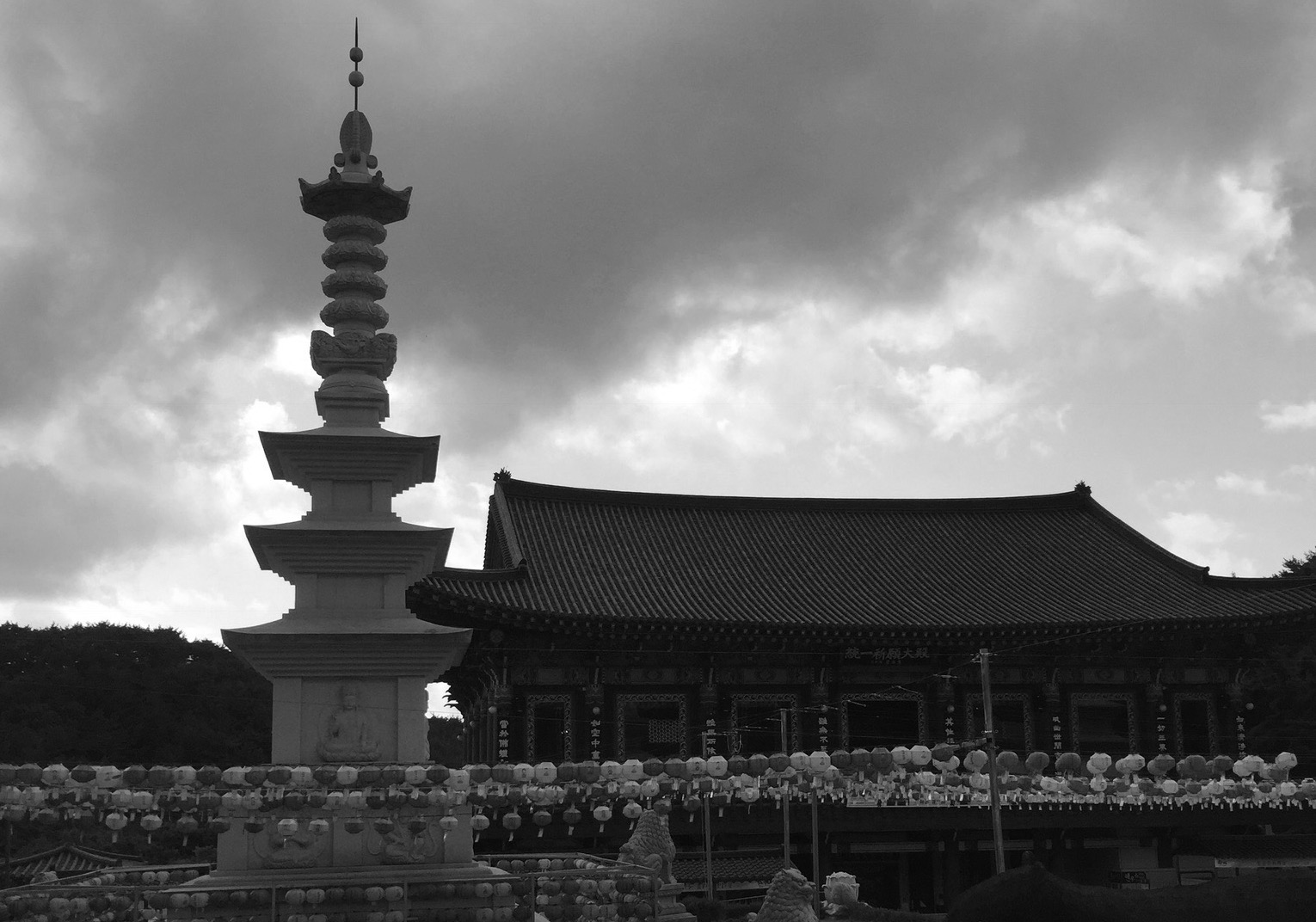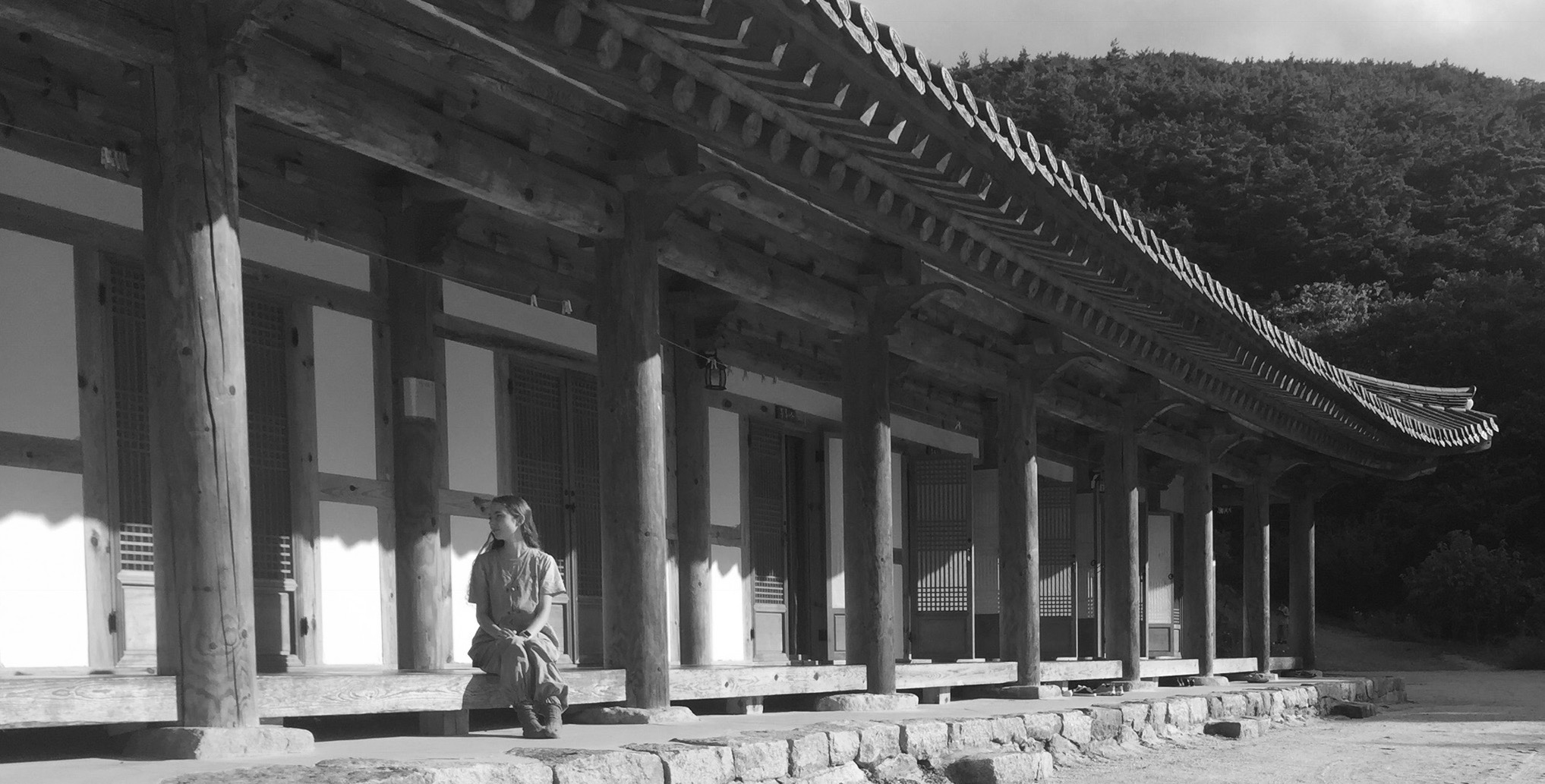As an international student new to Korea, last month’s long Chuseok was a good opportunity for me to escape from what was beginning to feel like a pretty repetitive and hectic freshman life here at KAIST. I want to take every chance to experience different aspects of Korean culture. Hence, I booked a couple of nights for myself through the Templestay program.
“A unique cultural program which lets you experience the life of Buddhist practitioners at traditional temples”, the Templestay program was first established to coincide with an influx of visitors during the World Cup in 2002, becoming increasingly popular ever since. The website provides accessibility for citizens, foreign residents, and tourists alike to choose from nearly 30 temple destinations. There’s also a Templestay center in Seoul for information and advice, and temple food can be sampled at an adjoining restaurant.
Due to the temple’s easy access via an efficient transport network, I travelled to Donghwasa Temple on the slopes of Mt. Palgongsan near Daegu. Despite a modern road leading right to the entrance of the temple area, the strenuous, if short, uphill walk to the main buildings took me quickly back to nature — the temple and visitor residence buildings are nestled amongst dense trees. Immediately enticing on all sides were winding, wooded paths leading to peaks even further from the hubbub of daily life.

It’s no accident that many temples nestle on idyllic mountainsides or in valleys, with vital water running alongside. When Buddhism first came to Korea, it blended easily with existing shamanist beliefs, which revere, in particular, the spirit of the mountain. Part of the enjoyment of my stay was in taking a long, solitary walk uphill through misty trees, with a mindfulness encouraged by the Donghwasa program “A Green Light for my Body”. Many Templestays emphasise recuperation in nature.
On arrival, my Templestay outfit — loose trousers and tabard — was in a style halfway to the monk’s attire. Though it felt odd at first, I soon appreciated the simplicity and comfort of the style, especially when paired with the simple rubber clogs we could opt to try. As a solo visitor, I was lucky enough to have my own room in the traditionally-styled residential building, even including an ensuite and ondol underfloor heating to keep nighttime chills at bay. Though I cannot speak for the facilities at every location, I was pleasantly surprised by the comfort I experienced; the amenities and privacy allowed me to truly relax without feeling decadent.
Donghwasa was originally built in 493 AD, and the program gives visitors an insight into the lives of the monks who reside there still — lives that have naturally adopted modern conveniences, but have also maintained the traditions passed through the Jogye Buddhist order for centuries. Visitors chose to join in with the Buddhist yebul chanting ceremonies as they wished, and had the opportunity to perform 108 prostrations: bowing as an atonement for an ignorant outlook on life. Though a trial on the knees, I did feel refreshed after completing this process — the repetitive physical action allowing deeper mental contemplation. Temple buildings, a marvel of intricate carving and vibrant painting, also create an atmosphere attuned to thought, and over it all towers the tallest stone Buddha statue in Asia.
Integrating into the Buddhist way of life, we also took meals communally with the monks, their schedule following daylight and punctuated with yebul. Adjusting to a 5:30 a.m. breakfast proved easier than expected — a post-meal nap helped! As someone who has considered becoming vegan and is quickly discovering the near impossibility of the diet in most of Korea, I ate every vegetarian Buddhist meal with relish, making sure to sample all dishes on offer.
Donghwasa isn’t the only temple I’ve visited but it was wonderful to remain once day visitors went home. Feeling the rhythmic vibrations of the drumming ceremony in the gathering evening gloom was one of the highlights of the entire experience, and the misty early morning air brought with it a calm so distant from homework deadlines. There are many Templestay possibilities and it really has become a must-do experience. I look forward to next time and rediscovering a little inner and outer peace and tranquility. Visit Templestay.com and plan your own retreat!


